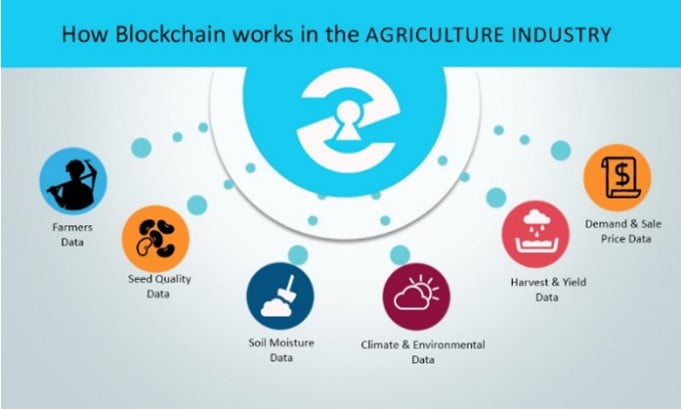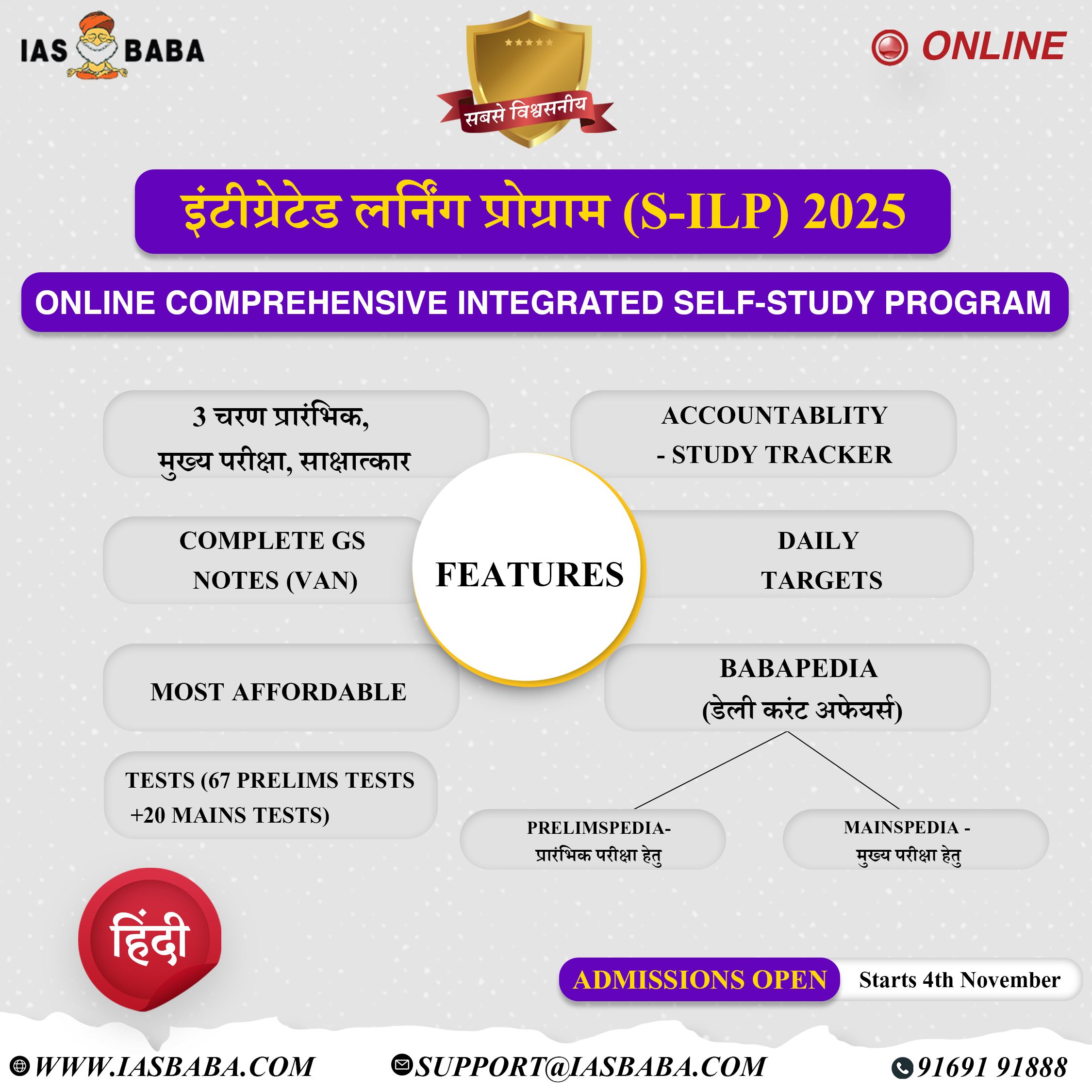Economics
Context: Recently, the government plans to use the technology across all export-driven crops to increase the country’s food shipments and incentivise farmers to take up chemical-free processes. India’s natural farming could soon get a technological push through blockchain.
About Blockchain technology:
- Blockchain is a shared, immutable ledger that facilitates the process of recording transactions and tracking assets in a business network.
- An asset can be tangible (a house, car, cash, land) or intangible (intellectual property, patents, copyrights, branding).
- Virtually anything of value can be tracked and traded on a blockchain network, reducing risk and cutting costs for all involved.
- It distributes privileges to all network members rather than having a single server and administrator.
- Multiple parties can then access and validate new database additions, increasing security and lowering the risk of corruption.
Applications of Blockchain in Agriculture:

- Food Supply Chain: Due to the sheer pressures of globalisation, the agricultural food supply chain has become longer and more intensive than ever before. Blockchain technology contributes to the resolution of many of these challenges by facilitating the establishment of trust between producers and customers.
- Agricultural Insurance: Farmers can choose from a variety of insurance policies that differ in terms of how losses are calculated and pay-outs are made.
- Smart farming: It incorporates elements such as ICT, the internet of things (IoT), different sensors, machine learning technologies, and a plethora of data analysis and collection equipment such as unmanned aerial vehicles.
- Transactions of Agricultural Products: With the use of blockchain technology, the acquisition and selling of agricultural products on ecommerce sites may be substantially accelerated.
Advantages of Blockchain in Agriculture:
- Supply chain transparency: The data can improve supply chain transparency and eliminate concerns associated with illegal and unethical operations.
- Recall: In the case of a recall, they can also make it easier to track any contamination or other issues back to their source.
- Food security: The primary goals of these technologies are sustainability and food security.
- Transparency: When consumers have this amount of transparency, they can make informed purchasing decisions.
- Information: Blockchain technologies can track all types of information about plants, such as seed quality, and crop growth, and even generate a record of the journey of the plant after it leaves the farm.
- Reward: This can be utilised to reward farmers and producers that implement good farming methods.
- It is easy and simple to discover and report instances of blockchain failures or fraud: The usage of smart contracts also makes it easy to report any problems in real time.
- The absence of a central authority figure alters the nature of the transaction’s trust. Rather than relying on an authority, confidence is placed in peer-to-peer systems and cryptography.
Disadvantages of Blockchain in Agriculture:
- Misuse: Concerns have been raised that blockchain technology could be misapplied or misused, putting food security at risk.
- For example, privately held blockchains are easier to hack and less secure.
- Lack of research: Many issues must be resolved before blockchain technology can be completely incorporated into agriculture.
- Implementation must enable sustainable and equitable food systems, allowing consumers to make a better decision.
- Small-scale farmers: who lack the necessary size, technological know-how, and scalability to take advantage of blockchain technology, may be left behind.
- Farmers that cannot afford blockchain face a significant hurdle to adoption: While setting up the ledger is very affordable, the process of collecting data may be time consuming and costly.
Way Forward:
- Those who lack the digital literacy required to engage in blockchain technology must be educated through campaigns like #knowblockchainstech.
- This is part of the system’s decentralisation process.
- Because of aged infrastructure and a lack of digital literacy, the world’s poor may be unable to participate.
- Blockchain implementation must be decentralised to accommodate small farmers and rural dwellers which will further strengthen food security.
- It can improve security by prohibiting unethical crop production and distribution, which endangers farmers’ livelihoods.
- The Consumers will be able to make more educated decisions due to blockchain’s data collection, and they may even be able to help small-scale farmers who are often in need of food and financial security.
Source: The Economic Times











